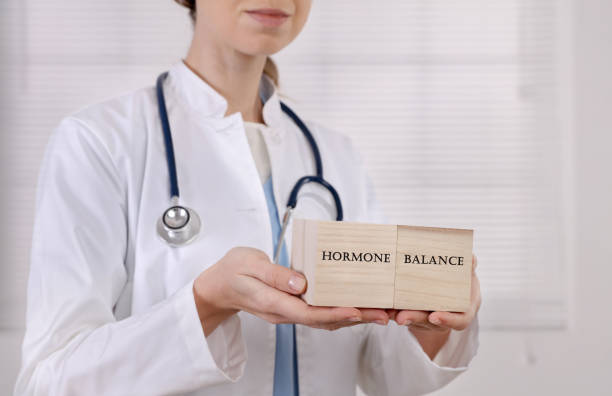If you’ve ever looked in the mirror and thought, “Why is this breakout happening now, at my age, when I never used to get acne like this?”, you might be dealing with hormonal acne. If you’re also a little unsure about what to say when asked, “What does hormonal acne look like?”, this blog, it seems, has been written with people like you in mind.
Recognizing what it looks like and why it happens can help you choose products that actually work, rather than just mask the symptoms. As we’ll cover here, one of the most effective over‑the‑counter options is a gentle topical retinoid gel, which helps regulate skin cell turnover and prevent future breakouts.
What Does Hormonal Acne Look Like? Here’s What You Should Know
You started reading this article because you were interested in answering the question: What does hormonal acne look like? So, what DOES it look like?
The key signs of hormonal acne include:
- Outbreaks around your jawline and chin – When you have hormonal pimples, they frequently pop up here, rather than across your forehead or cheeks. If you’re breaking out in a distinct lower‑face U‑shape, hormones are a likely culprit.
- Flare‑ups before your period – If new zits show up just before your period, it’s a classic sign that it’s hormonal.
- Deep, tender blemishes – Hormonal acne often presents as under‑the‑skin bumps that hurt to the touch and can linger for days without surfacing with a whitehead.
- They stick around and can leave marks – These breakouts don’t clear up as quickly as random, occasional pimples. They may stay inflamed longer and fade only slowly, and sometimes leave painful marks behind.
How a Gentle Retinoid Gel Helps
So, how do you deal with acne like this, as standard treatments will likely not do much? Well, this is where mild retinoid gels (like adapalene) come in. They work by:
- Speeding up skin cell turnover, so pores don’t stay clogged longer than they need to.
- Reducing inflammation, which helps calm painful, deeper bumps common in hormonal acne.
- Preventing early clogging, which can stop cystic blemishes before they have a chance to form.
Compared to spot treatments or harsh chemicals, a low‑strength topical retinoid gel is designed to work gradually across the skin, preventing breakouts from developing, not just reacting after they appear.
Using Without Going Overboard
The key to success with adapalene gel is to be nice and cautious, following a set routine each day. It goes a little something like this:
- Start slow: Apply a pea‑sized amount to clean, dry skin every other night until your skin adjusts.
- Stick with it: It can take 6–8 weeks to see real change—hormonal acne doesn’t clear overnight.
- Add hydration: Pair with a gentle, non‑comedogenic moisturiser to keep your skin barrier happy.
- Sun protection is essential: Retinoids can increase sun sensitivity, so daily SPF is non‑negotiable.
What Does Hormonal Acne Look Like? You Need to Know
While hormonal acne does require a dermatologist’s attention when it gets to a certain stage, adapalene gel can give you some relief and help your skin to recover. That said, if your breakouts are cystic or don’t improve after consistent use of a gentle retinoid for several months, it might be time to talk to a dermatologist.
Treatments like oral medications or prescription-strength retinoids, combined with tailored skincare, can make a big difference. Adapalene gel is not a quick fix, but for cyclical, deep, and persistent breakouts, it’s one of the most effective over‑the‑counter tools you can try.
